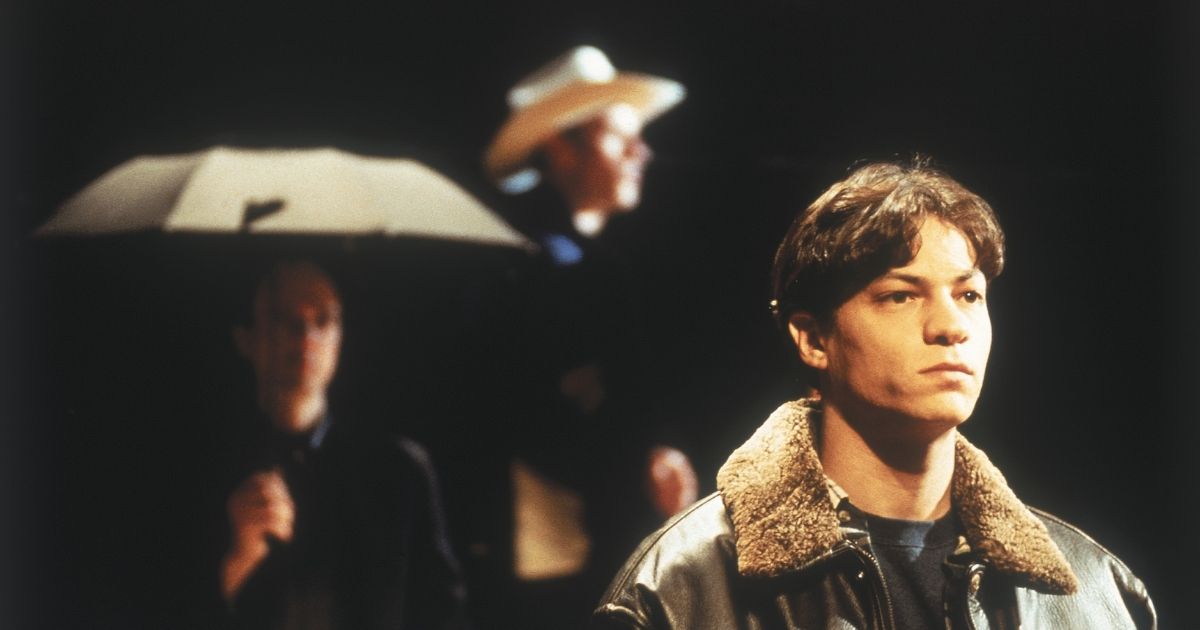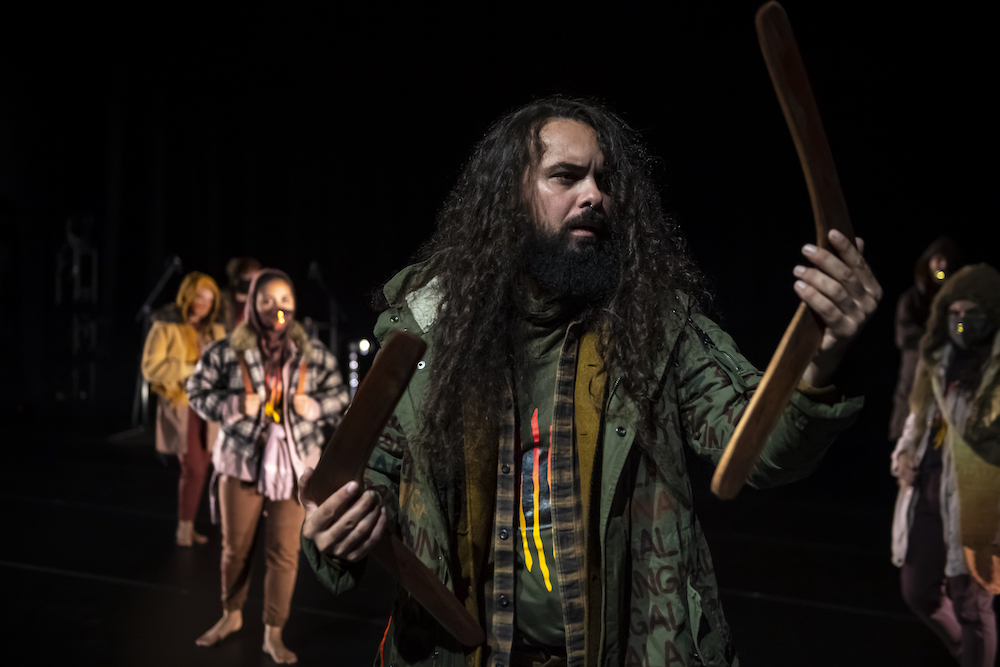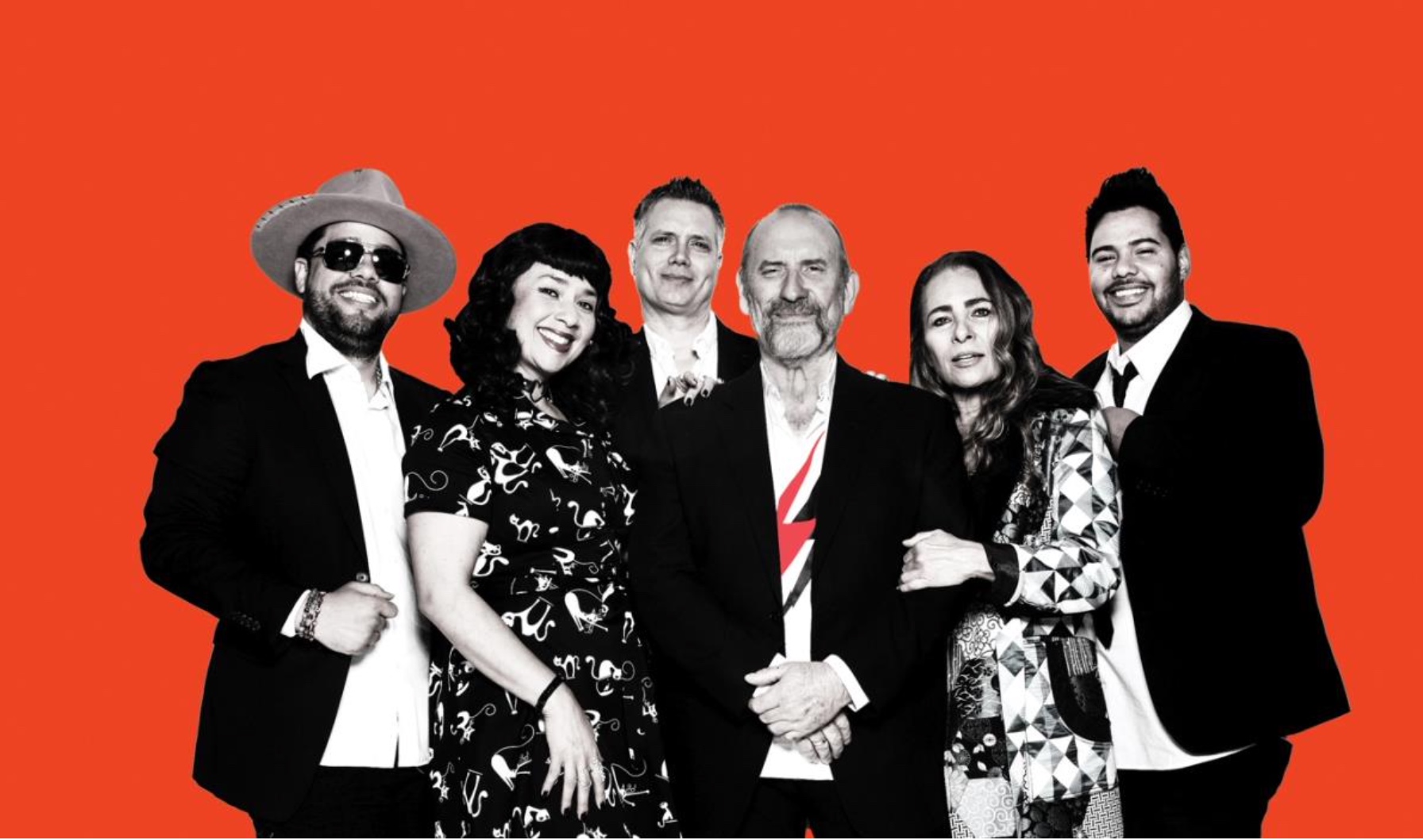
Cheap theatre tickets: who really pays?
With its sky-high rents and inflated living costs, Sydney is considered to be one of the world’s most expensive cities. Twenty dollars doesn’t go very far: a packet of cigarettes, a taxi fare, maybe a bottle of wine.
Sydney’s budget-conscious theatre buffs, however, are in luck. Twenty dollars will secure a seat at some of the city’s big-ticket shows. On any given night, Sydney theatregoers can nab tickets to first-class productions for a fraction of their usual price.
It is a new direction for Australian theatre – one that suggests the industry might be struggling to retain audiences. Beyond the economic function of covering high production costs, prohibitive pricing used to elevate the theatre as a hi-brow pursuit, reserved for the social elite. Now, it seems, all are welcome.
But this new democratisation of theatre is not a sign of decline; it is part of a concerted citywide effort to enhance the cultural fabric of the city. In its Sustainable Sydney 2030 action plan, the City of Sydney identified cost as a barrier that prevents participation in Sydney’s cultural and creative life.
Rachel Healy, the executive manager of culture at City of Sydney says, “Sydney is blessed with many brilliant artists and creative workers developing original and engaging theatre in both the independent and established professional companies, and ensuring the work of our artists is accessible to everyone in the community is an important priority in the City of Sydney’s new cultural policy and plan.”
Local theatre companies have taken up the challenge to make the arts sector more inclusive and affordable. In a bid to draw wider audiences and promote deeper engagement, most Sydney theatres have implemented ticket discount schemes, including lucky dip cheap tickets, student rush concessions and discounts for locals.
Hayes Theatre Company welcomes neighbouring residents for $20, Griffin Theatre Company offers $15 Monday Rush tickets, Sydney Independent Theatre Company (SITCO) has $21 cheap ticket Tuesdays and New Theatre charges a mere $17 on Thrifty Thursdays.
Sydney Theatre Company (STC), the city’s largest and most renowned theatre company, has led the charge, teaming up with insurance and banking corporation Suncorp to release a limited number of $20 subsidised tickets for every show. A night of Macbeth at STC now costs less than a movie ticket.
According to STC executive director Patrick McIntyre, the Suncorp Twenties sponsorship scheme has attracted a whole new audience to the theatre. “It has generated a lot of attention, and the tickets made available through the scheme are snapped up very quickly. In the first year of the scheme, 39 per cent of Suncorp Twenties buyers were new to our database,” he says.
In the race to make the arts more accessible, corporate sponsorship certainly seems like a win-win tactic – more patrons are able to enjoy more affordable theatre while STC recoups forfeited ticket revenue from Suncorp, whose brand reputation thrives.
With the recent $28 million budget cut to the Australia Council, the federal government’s arts funding body, we are likely to see local theatre companies looking more to philanthropy and sponsorship, and less to government subsidies.
There is speculation in the cultural sector that project funding and support to the small to medium sector will bear the brunt of the cuts.
Healy says, “While any reduction in an already small pool of government grant support will have an effect on performing arts practice in Sydney, a great deal of activity already occurs without federal funding support.
“Competition for stagnant or shrinking government funding sources has meant most theatre companies – small and large – know that government subsidies must be augmented by income from other areas.”
McIntyre notes that sponsorship and philanthropy have become important revenue sources for STC. He says, “Philanthropy has been growing rapidly over the past decade in response to a mix of factors: leadership by individuals, a growing awareness of philanthropy and its importance to the non-profit sector, and the fact that organisations are learning fast about how to do it well.”
But corporate sponsorship is not a one-size-fits-all funding solution. Small, independent theatre companies often lack the cultural clout that is needed to attract substantial corporate or philanthropic backing.
SITCO co-founder Julie Baz says, “With a 60-seat theatre, we are limited to relatively small audiences. Compared to larger arts organisations our audience base, social network, and website exposure are small. Working on this scale, we are less attractive to corporates than other organisations. It’s challenging – if we had more money, we could increase our exposure.”
Whereas STC is an icon of Australian theatre, and a promising value proposition for any potential sponsor looking to boost their brand, a small-scale, community-based theatre company such as SITCO cannot deliver the same level of return on investment. “Any cuts to arts funding makes it harder for small independents like us to break into and receive funding opportunities. A catch-22 situation arises – without government funding it’s hard to get sponsorship, and without sponsorship it’s hard to get government funding,” says Baz.
With or without corporate backing, small theatre companies have to keep ticket prices competitive. For now, companies such as SITCO wear the cost of discounted tickets. (CC)









